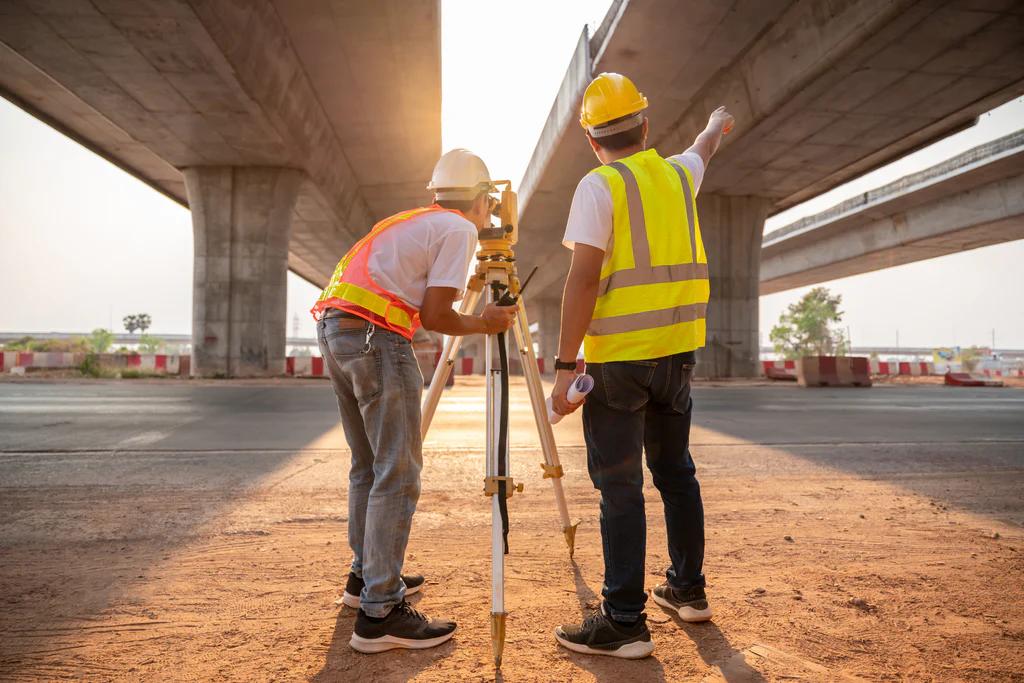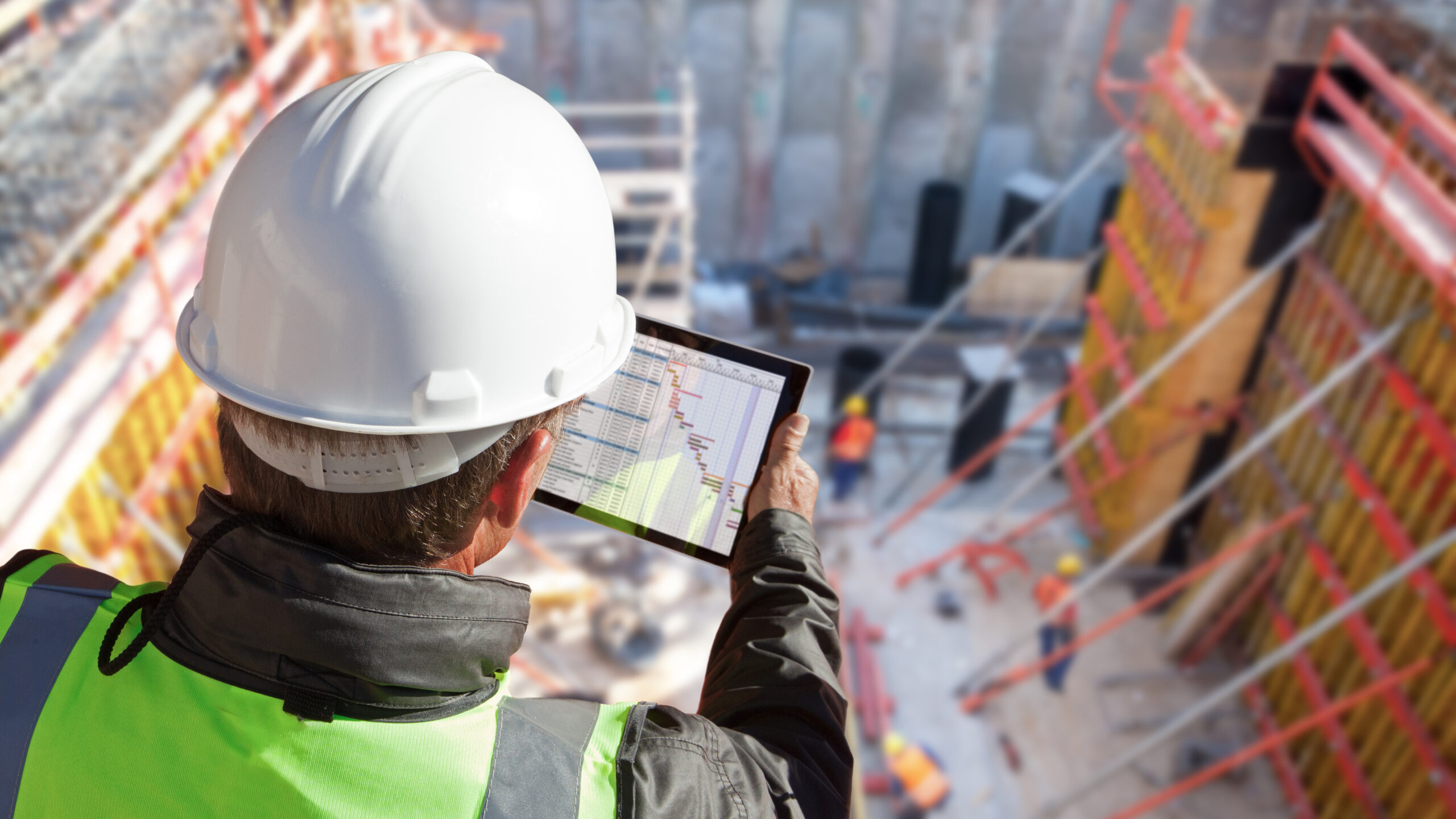Understanding the Types of Engineers Involved in Design-Build Projects
Design-build projects thrive on collaboration and integration, and engineers play a critical role in ensuring the success of these projects. From designing structural components to implementing innovative solutions, engineers bring technical expertise to every phase of a design-build project. Here’s an overview of the key types of engineers commonly involved in design-build projects and their contributions.
1. Civil Engineers
Role: Planning and designing infrastructure and site-specific improvements.
Civil engineers are foundational to any design-build project. They focus on the project’s physical site, ensuring that infrastructure like roads, parking lots, drainage systems, and utilities align with project goals and local regulations.
Responsibilities:
• Conducting site evaluations and surveys.
• Designing grading, drainage, and stormwater management systems.
• Ensuring compliance with zoning, environmental, and permitting requirements.
• Planning traffic flow for access roads and parking areas.
2. Structural Engineers
Role: Designing and analyzing the structural components of a project.
Structural engineers ensure the project’s structural integrity by designing buildings, foundations, and support systems that can withstand loads and environmental forces.
Responsibilities:
• Calculating loads and stresses on structures.
• Designing beams, columns, and foundations.
• Ensuring compliance with building codes and safety standards.
• Evaluating existing structures for renovations or expansions.
3. Mechanical Engineers
Role: Developing systems for heating, ventilation, air conditioning (HVAC), and more.
Mechanical engineers design systems that enhance comfort, energy efficiency, and functionality in design-build projects. Their work is especially important for large-scale commercial or industrial projects.
Responsibilities:
• Designing HVAC systems for optimal climate control.
• Engineering plumbing and piping systems.
• Implementing energy-efficient and sustainable building solutions.
• Ensuring compliance with mechanical codes and standards.
4. Electrical Engineers
Role: Designing and integrating electrical systems.
Electrical engineers ensure that the project has reliable and efficient power systems. They design everything from basic wiring to advanced smart building technologies.
Responsibilities:
• Designing electrical distribution systems, lighting, and power systems.
• Integrating renewable energy solutions like solar panels or EV chargers.
• Ensuring electrical safety and code compliance.
• Designing backup systems, such as generators or uninterruptible power supplies (UPS).
5. Environmental Engineers
Role: Ensuring sustainability and environmental compliance.
Environmental engineers address the environmental impact of design-build projects. Their expertise helps minimize ecological disruption and meet sustainability goals.
Responsibilities:
• Conducting environmental impact assessments.
• Designing stormwater and wastewater treatment systems.
• Implementing sustainable practices, such as renewable energy integration or water conservation.
• Ensuring compliance with environmental regulations.
6. Geotechnical Engineers
Role: Analyzing soil and subsurface conditions.
Geotechnical engineers evaluate the soil and ground conditions to ensure the stability of foundations and earthworks. Their work is critical for safe and durable construction.
Responsibilities:
• Conducting soil tests and subsurface investigations.
• Designing foundations and retaining walls.
• Evaluating slope stability and risk of soil erosion.
• Providing recommendations for ground improvement techniques.
7. Fire Protection Engineers
Role: Designing systems to ensure fire safety and compliance.
Fire protection engineers design systems to prevent, detect, and suppress fires in buildings, ensuring safety for occupants and property.
Responsibilities:
• Designing sprinkler, alarm, and suppression systems.
• Ensuring compliance with fire safety codes and standards.
• Performing fire risk assessments.
• Integrating fire-resistant materials into building design.
8. Systems Engineers
Role: Coordinating and integrating complex systems in the project.
Systems engineers manage the integration of various subsystems, ensuring they work seamlessly. This role is particularly vital in large-scale or high-tech projects.
Responsibilities:
• Designing and implementing smart building technologies.
• Integrating security systems, data networks, and automation.
• Managing compatibility between different engineering systems.
• Ensuring optimal performance of interconnected systems.
The Value of Collaboration in Design-Build Projects
In a design-build project, engineers work closely with architects, project managers, and contractors to ensure the seamless integration of design and construction. Their collective expertise helps:
• Improve project timelines by addressing potential issues early.
• Enhance cost-efficiency through value engineering.
• Ensure compliance with all codes, regulations, and standards.
Conclusion
Each type of engineer brings unique expertise to design-build projects, making their collaboration essential for success. Whether it’s designing structural components, optimizing mechanical systems, or ensuring environmental compliance, engineers are the backbone of efficient and high-quality construction.
If your organization is considering a design-build approach, choosing a team with a diverse range of engineering expertise can ensure your project is delivered on time, within budget, and to the highest standards.




